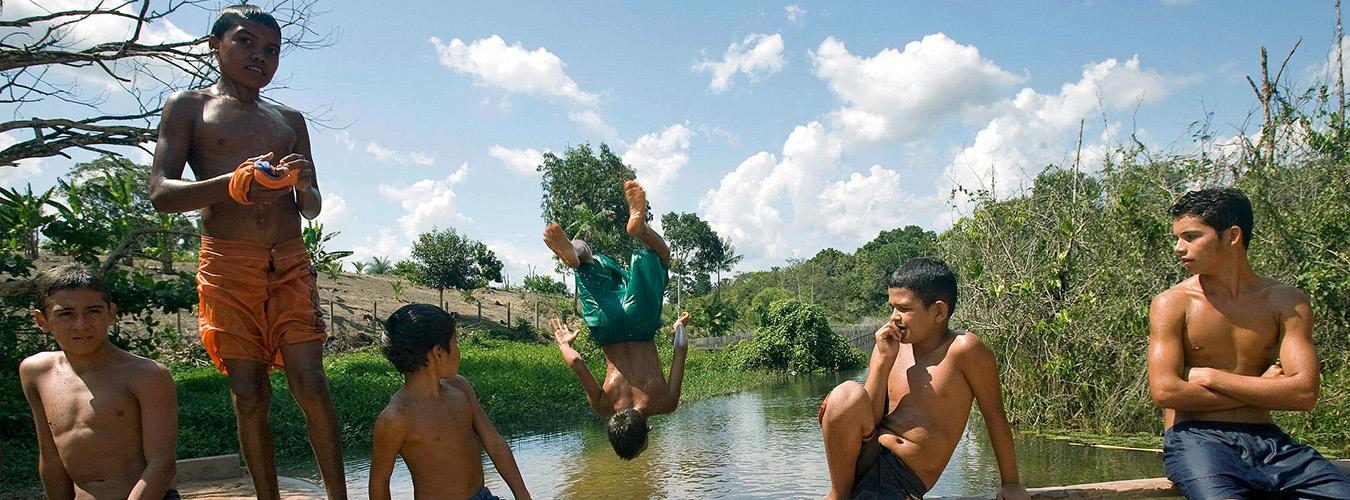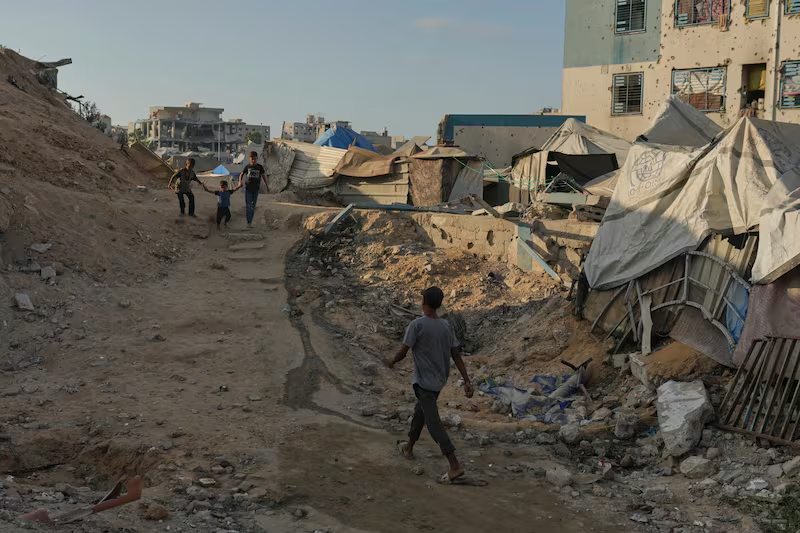Naveed Hussain
Drowning, a significant threat and a leading cause of accidental death, demands our immediate attention. With an estimated 236,000 individuals succumbing to drowning annually, it represents a substantial public health concern on a global scale. The impact on children and young people between the ages of 1 and 24 is particularly alarming, with drowning ranking as one of the primary causes of mortality. In the broader context of unintentional injury deaths, drowning stands as the third leading cause, contributing to 7% of all injury-related fatalities.
The implications of drowning reverberate across all economies and geographical areas, albeit with varying degrees of severity. Notably, low- and middle-income countries bear the overwhelming brunt of unintentional drowning deaths, accounting for over 90% of such incidents. Furthermore, the majority of global drowning cases occur in the WHO Western Pacific Region and WHO South-East Asia Region. Within these regions, the prevalence of drowning-related fatalities is notably elevated, with the WHO Western Pacific Region, in particular, reporting death rates that are 27-32 times higher than those observed in nations like the United Kingdom or Germany.
Drowning is a World Drowning Prevention Day was established following the declaration of General Assembly resolution A/RES/75/273 in April 2021. This annual observance, held on 25 July, aims to draw widespread attention to the significant and devastating impact of drowning on individuals, families, and communities worldwide. It serves as a platform to advocate for life-saving strategies and interventions aimed at preventing drowning incidents.
The initiative underscores the crucial role of all stakeholders, including governments, UN agencies, civil society organizations, the private sector, academia, and individuals, in the prevention of drowning. It seeks to emphasize the urgent need for coordinated, multi-sectoral action to address the global issue of drowning. The event highlights evidence-based measures, such as the installation of barriers to control access to water, the establishment of safe areas away from water, including supervised childcare facilities for pre-school children, provision of swimming lessons and education on water safety and rescue skills, training of bystanders in safe rescue and resuscitation techniques, enforcement of safe boating, shipping, and ferry regulations, and the improvement of flood risk management.
Furthermore, the resolution invited the World Health Organization (WHO) to take the lead in coordinating actions on drowning prevention within the UN system. As a result, WHO has been tasked with spearheading preparations for World Drowning Prevention Day. This involves creating and disseminating advocacy materials, organizing a global launch event, and extending support for national and local activities in countries and communities worldwide. The WHO’s role in this initiative is to provide leadership, technical guidance, and support to ensure that the global community can effectively address the issue of drowning.
Join us in marking World Drowning Prevention Day and contributing to the global effort to raise awareness and implement effective measures to prevent drowning incidents. Let’s unite in promoting #DrowningPrevention and saving lives across the globe.major global concern, ranking as the third leading cause of unintentional injury death worldwide and contributing to 7% of all injury-related fatalities. The estimated annual number of drowning deaths worldwide is approximately 236,000. However, it’s important to note that these global estimates may not fully capture the extent of the public health issue associated with drowning, indicating that the problem might be even more significant than currently recognized.
Among those most at risk for drowning are children, males, and individuals with increased access to water. This underscores the need for targeted interventions and preventative measures to address this critical public health issue. It’s not just about raising awareness, but about implementing specific measures that can save lives.
To prevent drowning, especially among children, it is vital to implement a mix of awareness and administrative measures. Some crucial actions to consider are:
- Education and Learn-to-Swim Programs: Providing access to swimming lessons and water safety education, particularly for children, can greatly reduce the risk of drowning.
- Supervision and Barriers: Essential adult supervision around water bodies, such as pools and open water, is critical. Also, the installation of proper barriers and fencing around pools and other bodies of water can prevent unsupervised access, especially for young children.
- First Aid and Rescue Skills: Educating caregivers and adults in basic first aid and rescue skills can help in providing immediate assistance in case of a drowning incident.
- Life Jacket Use: Encouraging the use of properly fitting life jackets for children who are near or on open water, including during boating and recreational activities.
- Legislation and Regulation: Enforcing laws and regulations related to water safety, such as safe boating and shipping regulations, can contribute to overall drowning prevention efforts.
- Community Awareness and Involvement: Engaging communities and local authorities in spreading awareness about drowning prevention and involving them in creating safe aquatic environments can have a significant impact.
By combining these measures, we can effectively work towards preventing drowning incidents, especially among children, and creating safer environments around water bodies.















